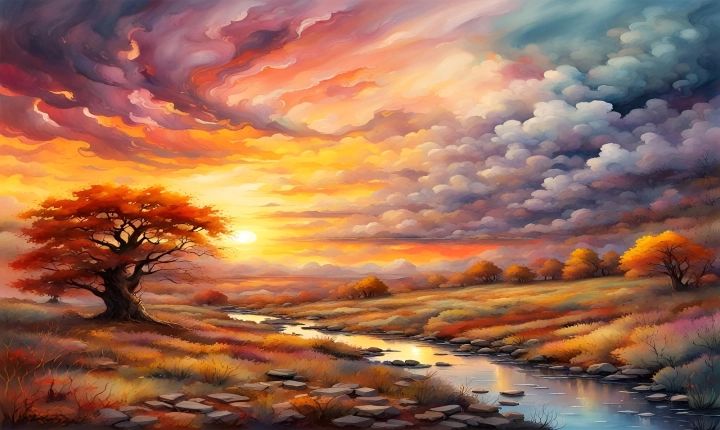Title: Can You Use AI Art as Your Own?
In recent years, artificial intelligence (AI) has made significant advancements in various fields, including art. AI is now capable of creating stunning and intricate artworks, blurring the lines between human creativity and technological innovation. With the rise of AI-generated art, a crucial question arises: can individuals use AI art as their own?
AI-generated art, also known as generative art, is created using algorithms and machine learning techniques. These algorithms analyze and learn from vast amounts of data to generate images, music, and other forms of art. As a result, the artwork produced by AI can be visually captivating and thought-provoking, often resembling the work of human artists.
However, the legal and ethical implications of using AI-generated art raise complex issues. Unlike traditional art, where copyright and ownership are clear-cut, AI art blurs the lines of authorship and originality. The question of who owns the rights to AI-generated art becomes particularly challenging to address.
One argument in favor of using AI art as one’s own is that the process of creating the artwork involves human input and interpretation. Although the initial algorithm generates the art, humans select and refine the output, making creative choices along the way. Proponents of this viewpoint argue that the human touch in curating and shaping AI-generated art warrants ownership and authorship.
On the other hand, opponents argue that AI-generated art lacks the unique, personal expression and intention that is intrinsic to human-created art. They suggest that AI-generated art is more akin to a tool or a process, rather than a form of personal expression, and therefore does not warrant individual ownership.
The legal landscape surrounding AI-generated art is still evolving, adding further complexity to the issue. Copyright laws were not designed to address the unique nature of AI art, leaving a grey area for interpretation and enforcement. Furthermore, existing copyright laws typically grant ownership to the creator or the person or entity that commissioned the work, which complicates the attribution of authorship in the case of AI-generated art.
To navigate the challenges surrounding the use of AI art as one’s own, it is crucial to consider the ethical implications as well. Ethically, it is important to recognize and respect the contributions of the original creator of the AI algorithm and ensure that they are acknowledged and compensated for their work.
Moreover, the broader societal and cultural impact of AI art should be taken into account. Embracing AI art as a legitimate form of artistic expression while also safeguarding the rights and recognition of human artists and creators is essential in shaping the future of art and creativity.
In conclusion, the question of whether one can use AI art as their own is a complex and multifaceted issue. The legal and ethical considerations surrounding AI-generated art call for a nuanced and balanced approach that acknowledges the evolving nature of technology and creativity. As AI continues to reshape the art world, it is imperative to foster dialogue and collaboration among artists, technologists, and policymakers to address the challenges and opportunities presented by AI-generated art.
